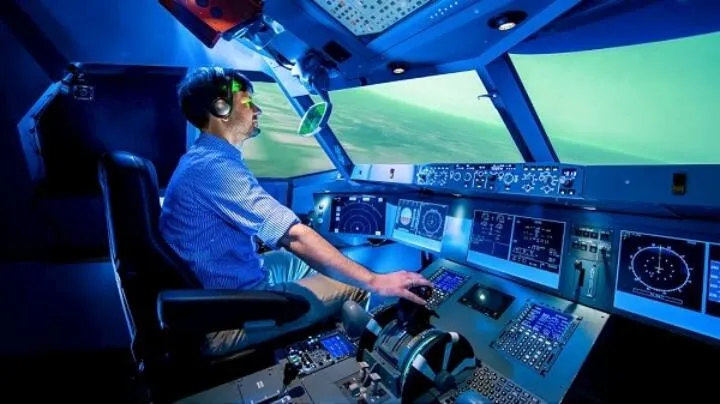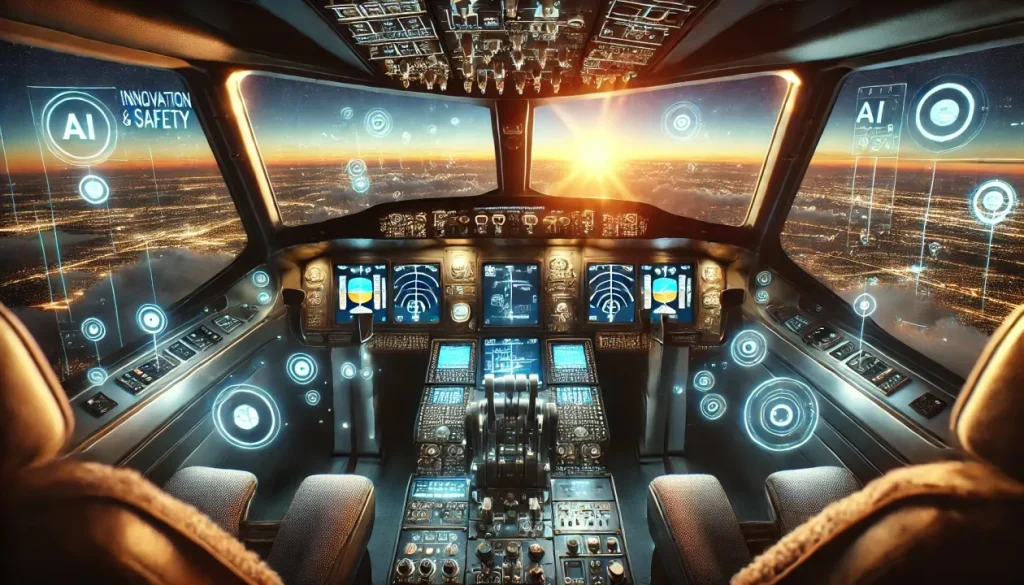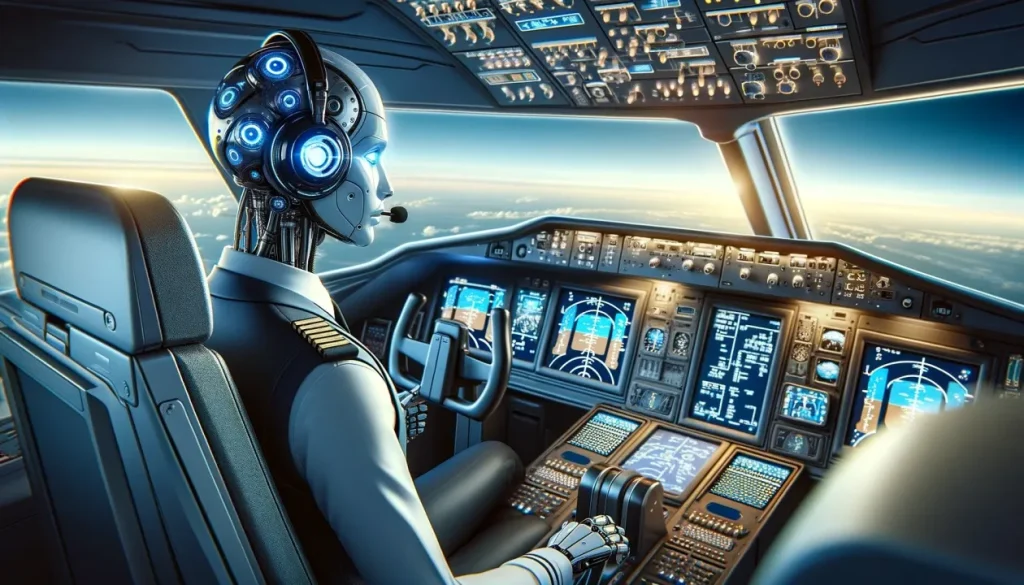With the rapid advancement of technology, particularly in artificial intelligence (AI), the idea of passenger planes flying with just one pilot is becoming more realistic. According to Adel Al Redha, Chief Operating Officer of Emirates Airlines, AI’s predictive capabilities could soon enhance safety, efficiency, and overall flight management, possibly reducing the need for two pilots in the cockpit.

AI Changing the Cockpit Dynamics
Al Redha explained that as aviation technology evolves, many tasks that pilots used to perform manually, like course plotting and fuel monitoring, are now automated through advanced systems like GPS and satellite navigation. This increasing automation could make it feasible for a single pilot to manage the cockpit, with AI playing a supportive role to ensure smooth operations.

Reducing the Crew
The concept of reducing the number of pilots from two to one has been discussed for years but gained fresh attention after the recent death of a Turkish Airlines pilot mid-flight. The co-pilot took over, landing the plane safely. Similar incidents in the past, such as the 2015 death of an American Airlines pilot, highlight the importance of having multiple pilots on board.
The Role of AI and Redundancies
Al Redha emphasised that although AI can enable single-pilot operations, this transition will require strong regulations and additional redundancies. Aircraft systems must be thoroughly monitored both in the air and on the ground to ensure safety. He also noted that this shift could help address the predicted shortage of pilots in certain regions.
Safety Concerns
Not everyone agrees with the idea of single-pilot flights. Organisations like the European Cockpit Association (ECA) and some pilots’ groups argue that reducing the number of pilots could compromise onboard safety. They stress that pilots do much more than just fly planes, including managing complex and fast-changing situations.

Looking Ahead
The European Union Aviation Safety Agency (EASA) acknowledged that technological advancements have improved aircraft system reliability and pilot performance. They are working on developing safe protocols for single-pilot operations during the cruise phase of flights. However, this change won’t happen overnight, as numerous safety regulations must be addressed first.
